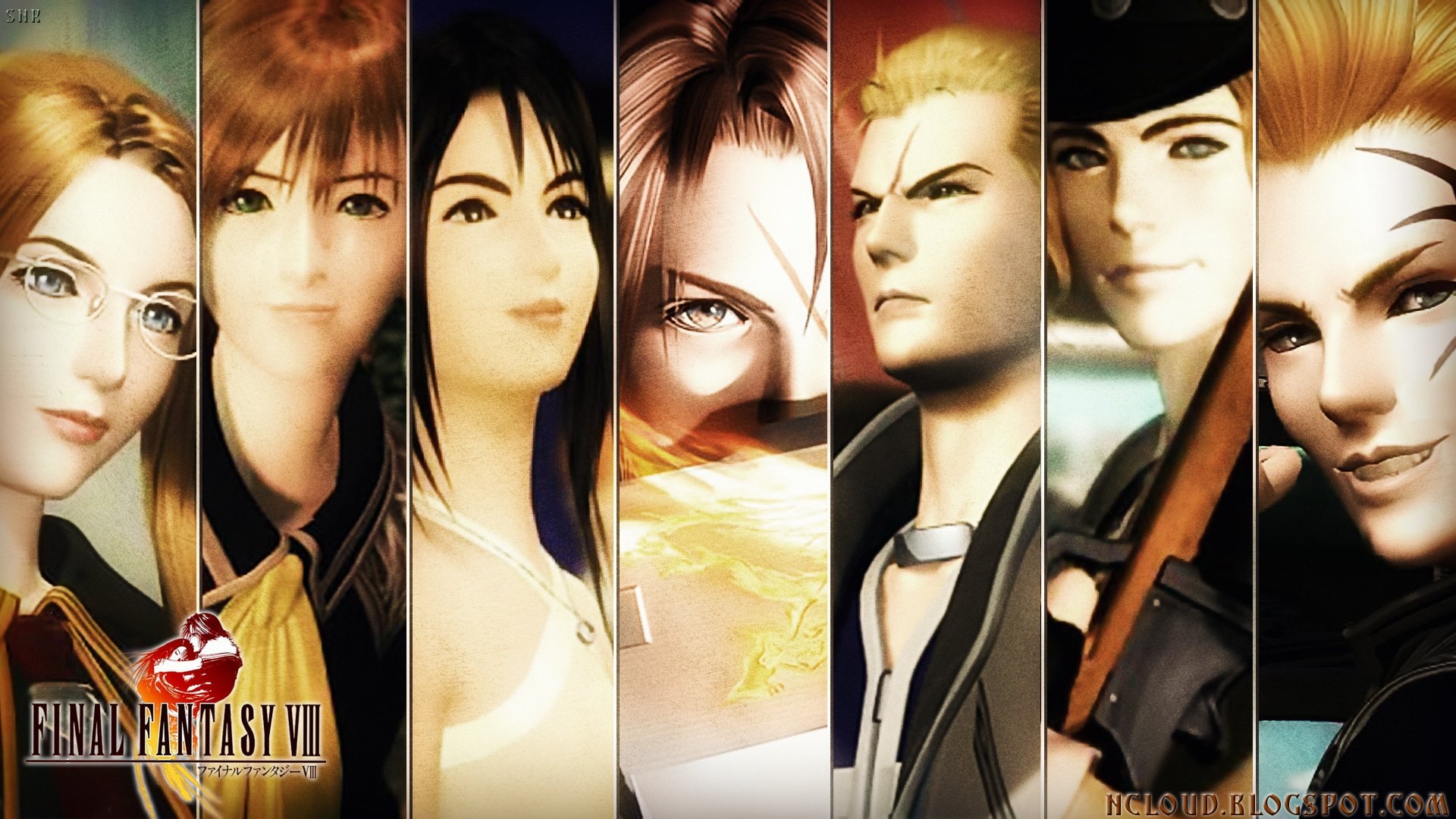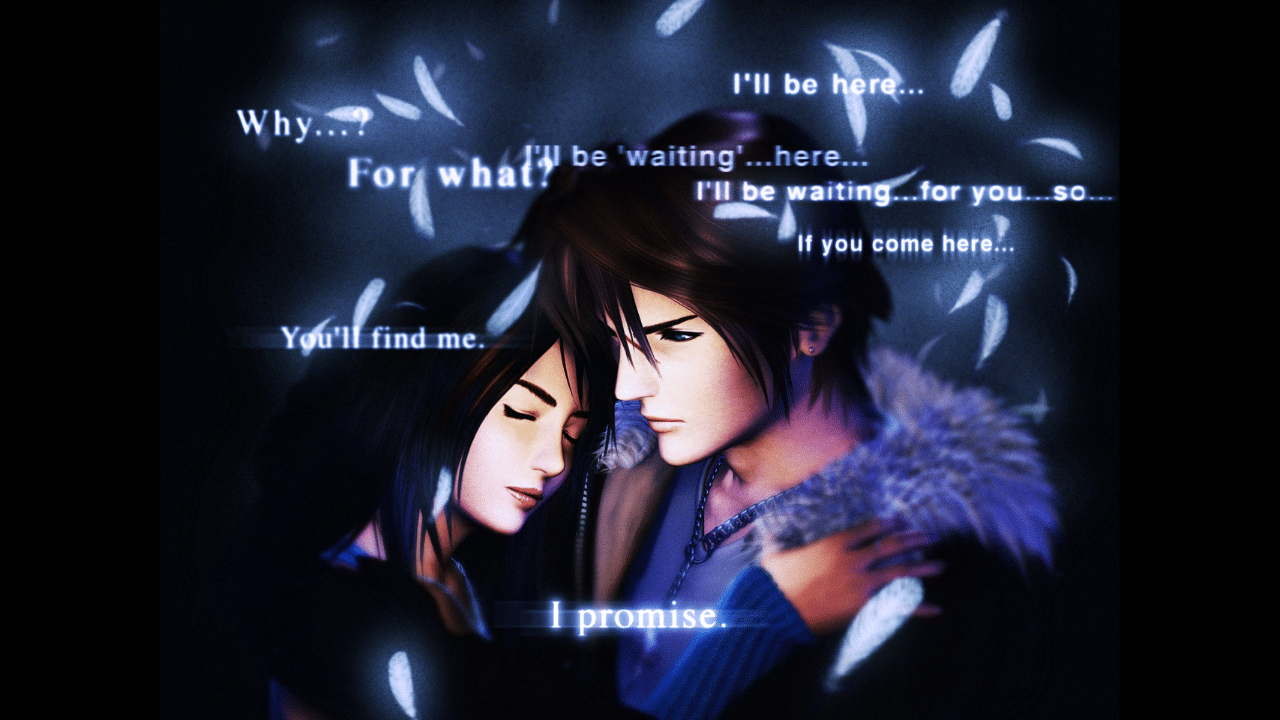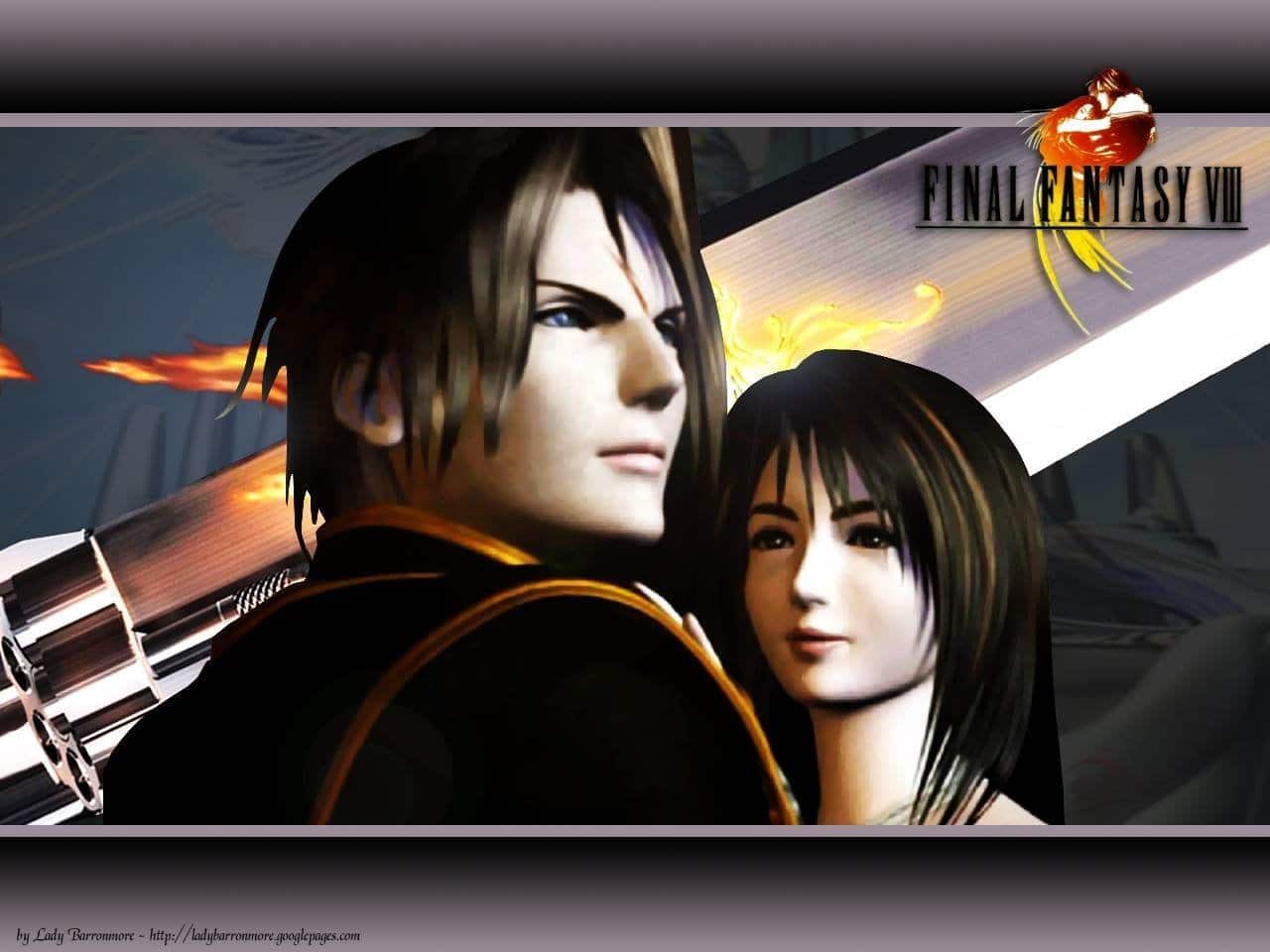In the wake of Final Fantasy 7, fans were hungry for the next main entry in the series. In 1999, Square Enix delivered with Final Fantasy VIII. The second 3D installment in the series, this entry took huge steps in creating a more realistic character design and a new world for players to explore. The creators took a more ‘realistic-fantasy’ approach, pulling from sci-fi influences, and they created a very different game with some daring new elements.

Out with the Old; In With the New
Like many of the previous entries, Final Fantasy VIII didn’t stick to any particular formula. With new technology, the visuals allowed for seamless transitions from game play into cut scenes. The old battle and leveling system was swapped for the newer Junction system, while summon monsters took on a more central role. Players could try their luck at the new card mini-game, Triple Triad, and drive new vehicles that were unavailable in previous titles. The focus was definitely on a more ‘modern’ look at the definition of fantasy.
Of course, there were still the lovable series icons: chocobos, a character named Cid, access to airships, a traversal world map, the ATB-System, and Nobuo Uematsu’s wonderful score. The game wasn’t such a complete departure from the series that it was unrecognizable. Many of the familiar elements were included with a fresh and brighter design, and Uematsu captures the emotional aspect with his master pieces

Joining SeeD: Planting the Garden
Final Fantasy VIII puts a unique twist on storytelling. While there are six primary protagonists, gamers will find themselves shifting gears between two very different playable groups. Up until this point, Final Fantasy games usually involve a particular set of characters throughout the story, rarely shifting from their point of view. Gamers get to enjoy a shift in tone and explore different places while piecing together the story-line puzzle.
It takes place on an unnamed fantasy world with one moon, with a mixed design of modern and futuristic elements. The world is split into five major sections: Esthar, Galbadia, Trabia, Balamb, and a rocky-inhabitable section. While the overall look is fresh, don’t let that fool you. Here – there be wizards and monsters.
The story focuses primarily on the kingdom ‘Gardens’ or military academies that churn out recruits to defend their cities. Cadets in the academies train to eventually to become ‘SeeDs,’a special military taskforce. While the world has three primary Gardens, our story begins in Balamb.

Recruitment – Welcome to Balamb
Enter Rinoa Heartilly, a fiery and passionate woman, who pleads with the leaders of Balamb to assist her in taking out the fearsome Sorceress Edea, the leader of the Galbadian movement. Players follow Squall as things spiral out of control into fearsome battles, Garden warfare, and a budding romance that all circle around the mysteries of the past and the future.

Digging Up The Garden
The plot is a major area that divides the fan base. We follow a romantic story centering on the relationship between Squall and Rinoa, while the world around them crumbs into chaos. While the concept is basic, critics found an issue in the main protagonist Squall; he is a polarizing character that is hard to connect with. He was cold to point where he almost seemed robotic; however, there are many who loved him as an “anti-hero” persona. There is also some skepticism for his romance with Rinoa, which seemed to just click for his character at a pivotal plot moment. While theirs is truly the focus, there are certainly better romances within the game.
Another criticism of the plot plays out in several awkward scenes and reveals that didn’t really hold substance. While the story can be incredibly engaging, some of the developments felt forced, and the characters lacked significant growth. While the characters were charming, they were flat personalities without any real backstory – with the exceptions being Laguna, Kiros, and Ward’s story. This includes the main villain, Ultimecia.
Regardless of the missteps, Final Fantasy VIII’s story ends up being pretty exciting when overlooking the flaws. When considering the previous entries, more than a handful of the Final Fantasy games had problems with significant character development and exciting, over-the-top stories. Again, there is a mixed bag of opinions on this particular entry. It’s really a personal preference and it really is worth diving into.

Playing the Game: Junction the GFs
Final Fantasy VIII's game-play is another area that tends to divide fans of the series. While it has a lot of potential customization, it leaves much room for improvement. The out of battle game play is very similar to the previous entries. The three main modes are the same: world map, field map, and battle screens. Players control Squall as they navigate the towns, landscapes, and explore the map via car, chocobo, train, airship, or by foot. Parts of the game have a few button-pushing sequences, and players encounter random battles on the world map. From this point, Final Fantasy VIII 's battle mechanics are much different than any other entry.
Guardian Forces and Weapons
Final Fantasy VIII's central plot focuses on SeeD members obtaining and using Guardian Forces during battle. The concept of fighting a summon to obtain it is not new; however, this entry makes summons crucial to party set up. With Final Fantasy VIII's new junction system, each character must equip a GF in order to have access to abilities other then attack and item. When equipped, GF's bestow other abilities to the characters such as the ability to draw and cast magic spells. Drawing spells from enemies is an essential part of the game; not only can players cast spells, but they also need to equip them to characters in order to boost stats like strength and vitality. This junction system is set in the place of armor and accessories. Players can equip spells in a number of different combinations and that allows for ultimate customization.
Weapons are also handled differently. Instead of purchasing weapon upgrades throughout the game, characters keep their weapon and refine it. Players must search for magazines and proper components in order to change a weapon's appearance, power, or to upgrade limit breaks. This option gives player complete control of party customization.

Experience and Junction Bonuses
Like previous entries, players will receive experience points after winning a battle, but the leveling system is much different. Rather than a character receiving abilities or stat boosts at interval levels, characters gain a level at 1000 points. As the characters' levels increase, so do the enemies. The level of enemies in the game is dependent on the party's average level, save for a few small exceptions. Bosses do not give experience, but they do give AP, which is used to upgrade the abilities of the party's GFs.
Limit Breaks
Limit breaks are still around in this entry, but they are much different from FF7. They depend mostly on the character's health, and act the same as Final Fantasy VI's desperation attacks. When a character is in critical condition, they may have a change to use a limit break - and the damage depends on how well the player performs the timed inputs. The spell Aura can raise the can raise the chance of characters getting a limit breaks, while status ailments can stop them from using it. These limit breaks are animated and exciting to watch - but's hard to marvel when players are pressing buttons in sequence.
Tripal Triad and Refining
While Final Fantasy VIII has a number of mini games, the one that is highly debated is the card game Triple Triad. Gamers can obtain specialty cards that they can use to play this interesting mini-game in order to achieve rare cards to complete a collection. The rules often change in this game with regional rules or player's choice, and it's quite easy to get frustrated. The ultimate goal is to acquire the rarest cards because they can be refined. Most items in the game can be refined into magic spells, which can be used for junctioning. This system can really break the game early on. For instance, refining a tent gives you 10 Curagas and a huge stat boost. Of course, players can choose not to use this - but the option is there.

Final Thoughts
While the new battle system was ambitious, it left much to be desired. Sure, players could customize their characters, but drawing spells requires some grueling grinding. The draw system also made it difficult to cast spells - of course you could, but in order to get the best out of stat boosts, the spell cache must be at 100. Players could always refine goods in order to get the spells they need, but the combination of the level system and the junction system was unbalances. Players could run from every battle and keep the enemies at a relatively low level, refine curagas to boost characters' health, and cruise through the game. Consequently, if players leveled too frequently, the enemies could easily end up crushing a party.
There are many good and bad things about this particular entry, but those who do enjoy it truly love it. While not the best in the series, it is a game worth playing.




Recommended Comments
There are no comments to display.